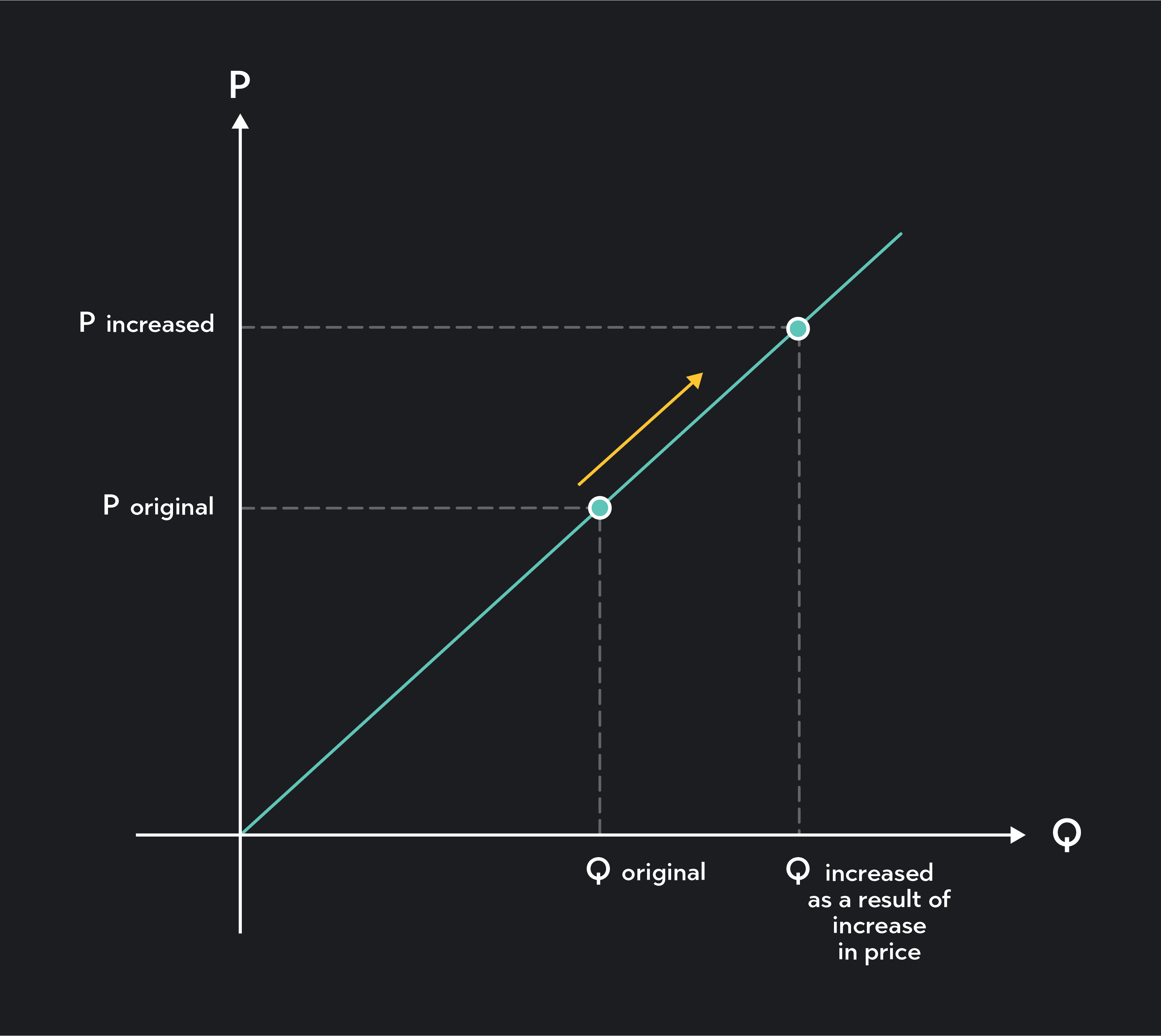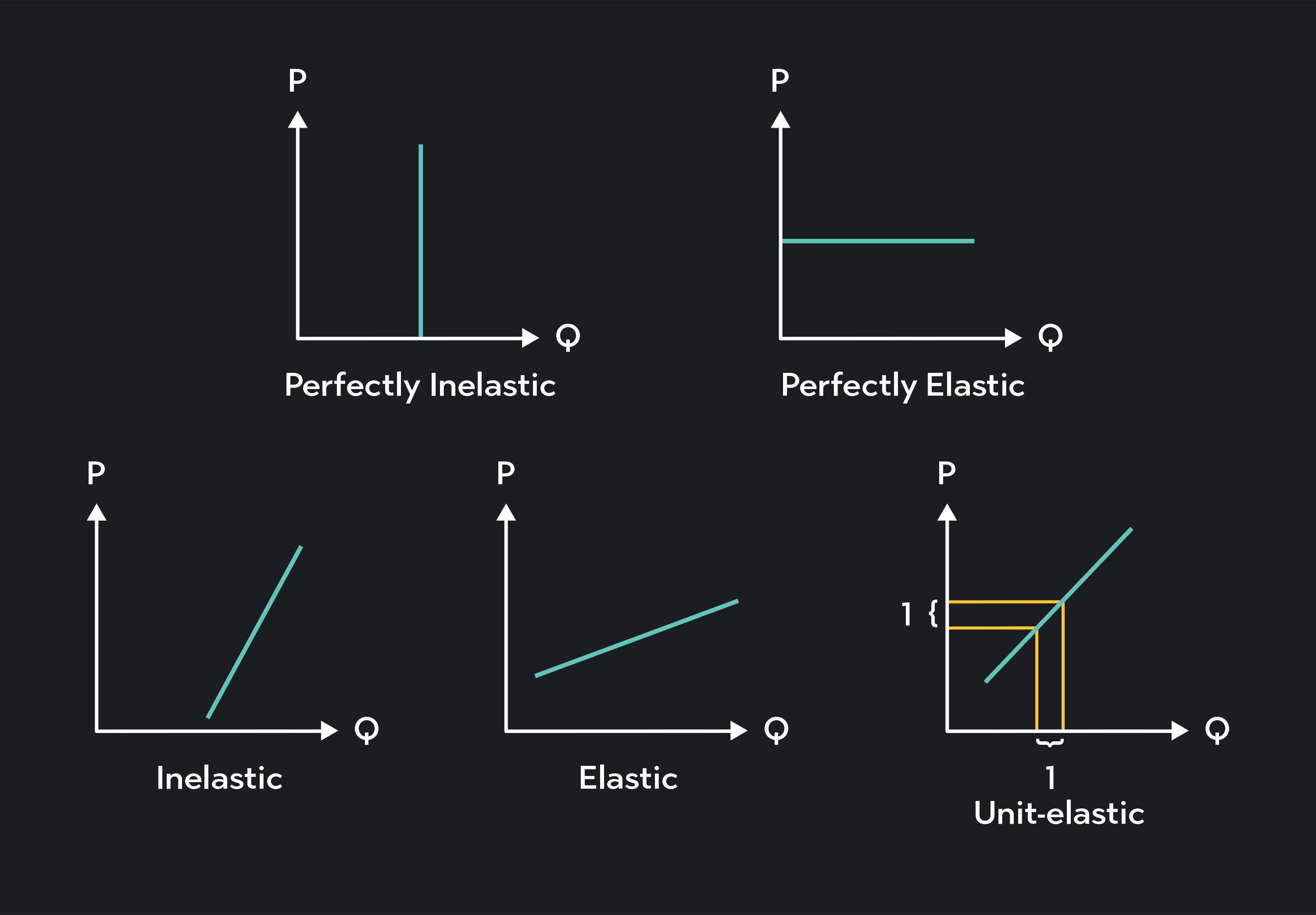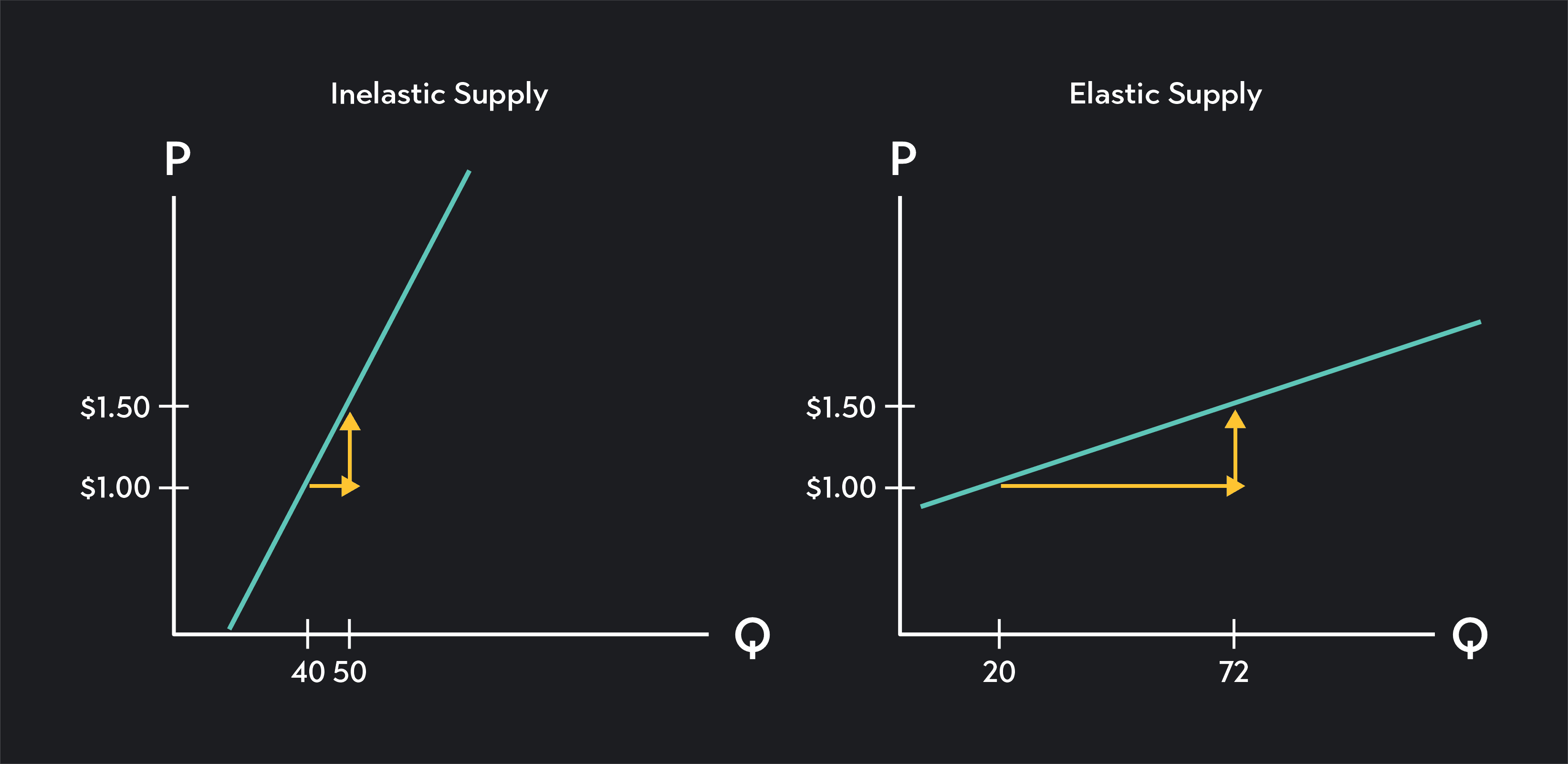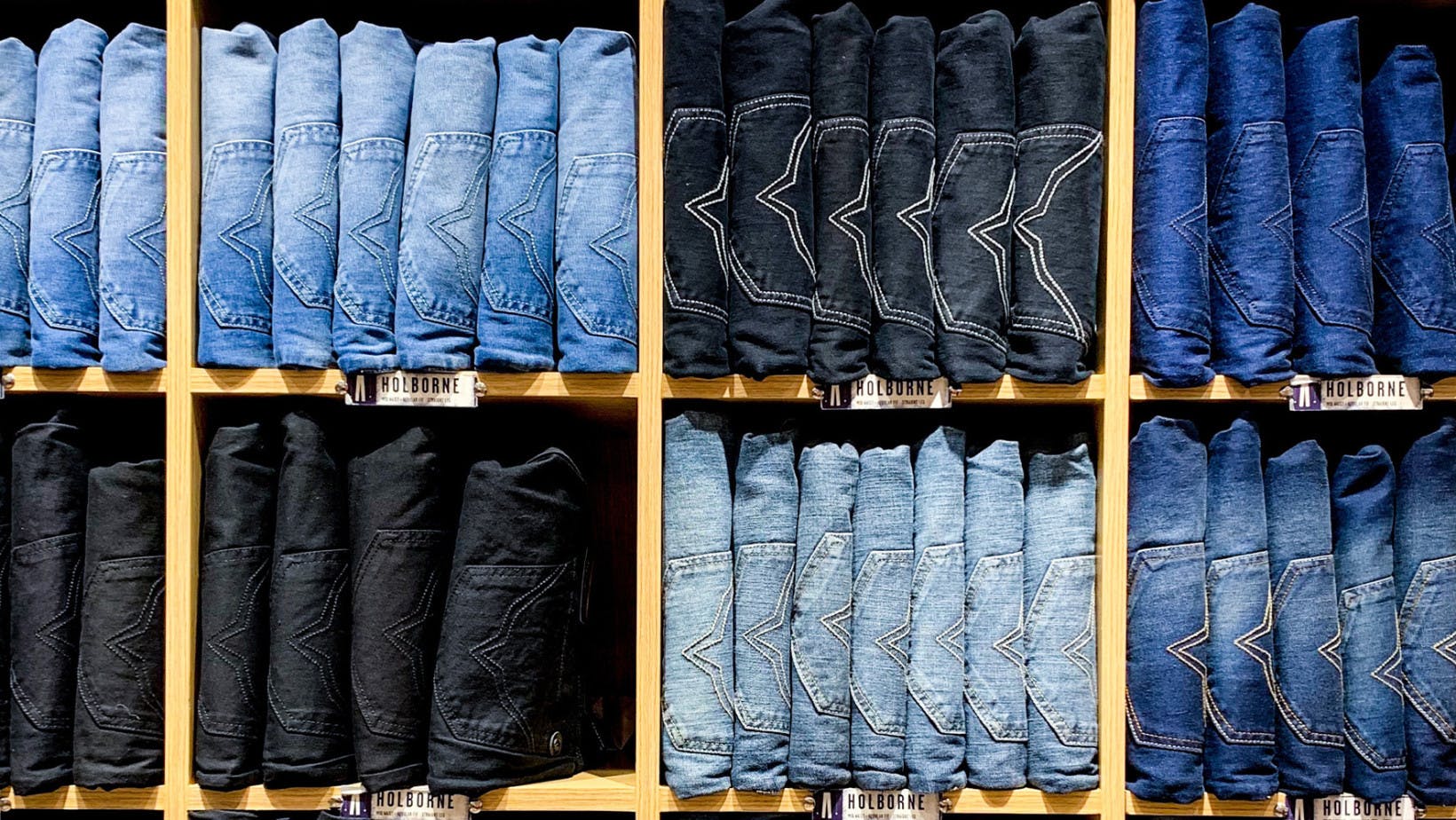
Economics
What Is the Law of Supply in Economics?
Here’s a quick guide on the law of supply, including its definition and examples.
Alejandro Diaz Herrera
Subject Matter Expert

Economics
05.23.2023 • 7 min read
Subject Matter Expert
This article explains what price elasticity is, the determinants of price elasticity, and the difference between price elasticity of supply and demand.
In This Article
Imagine you’re an influencer making $80 per post on Instagram or Tik Tok. If your potential earnings suddenly increased to $150 per post, would you push out more content or less?
Most people would push out more content. This is known as the law of supply. All other things being equal, if the price in a market increases, producers are incentivized to sell more product. But how much more content would you produce relative to the price change?
Price elasticity of supply is a concept in economics that tells you how much quantity supplied changes in response to a change in price. In this article, we’ll cover all of the basics of how to interpret and calculate the price elasticity of supply.
In the absence of any other relevant changes, buyers and sellers respond to changing prices by adjusting the quantity they are willing to buy or sell. Economists use “price elasticity” to measure the responsiveness of quantity demanded or quantity supplied to a price change.
There are two types of price elasticity:
Price elasticity of demand (PED or ) measures how much the quantity demanded by consumers changes in response to a price change.
Price elasticity of supply (PES or ) measures how much the quantity supplied by sellers changes in response to a price change.
We’ll dive deeper into price elasticity of supply next.
In economics, there’s a positive relationship between the price in a market, and the quantity sellers are willing to sell. This relationship is called the law of supply. All else being equal, sellers will supply more goods at higher prices and fewer goods at lower prices. This positive relationship is the reason supply curves slope upward.
While the law of supply describes the general behavior of sellers, it does not tell us how much or how little sellers will adjust their output. In some markets, sellers can be quite sensitive to price changes, meaning they will increase their output by a lot relative to an increase in price. In other markets, sellers may be less sensitive to price changes and will only adjust their output by a little relative to the change in price. Price elasticity is a measure of how sensitive sellers are to price.

To calculate the price elasticity of supply, you divide the percentage change in quantity supplied by the percentage change in price.
Returning to the world of influencers, if the price an influencer earns per post increases by 10%, and in response, they increase the number of posts by 15%, the influencer’s price elasticity of supply is 15% divided by 10% or 1.5.
Note two methods exist for calculating the percent changes used in the price elasticity formula. Depending on which method you use, your numbers will be slightly different.
The first method is the standard approach to calculating a percentage change. Suppose the quantity supplied increases from 150 units to 200 units. To find the percentage change, subtract the initial value (150) from the new value (200) and divide the difference by the initial value. This gives you a decimal, which you then multiply by 100 to convert into a percentage. x 100 = 33.33%. The same formula applies to changes in price.
The second method is called the midpoint method. The numerator is the same as in the first method, but in the denominator, you take the average of the new and initial value rather than simply dividing by the initial value.
The midpoint method has the advantage of giving you the same elasticity between two price points regardless of whether you are calculating the elasticity for when the price increases or decreases.
Once you’ve calculated the price elasticity of supply, you can categorize the elasticity into 1 of 5 zones.
When the price elasticity of supply is equal to 0, we say the elasticity is perfectly inelastic (=0). This means changes in price have no effect on the quantity supplied. Even if the price changes, sellers will not adjust the quantity they bring to market.
When the price elasticity of demand is between 0 and 1, we say the elasticity is inelastic (0 <
When the price elasticity of supply equals 1, we say the elasticity is unit elastic or unitary (=1). This means changes in quantity supplied are proportional to changes in price. A given percentage change in price will result in the same percentage change in quantity supplied. For example, if the price increases by 10%, quantity supplied increases by 10%.
When the price elasticity of demand is greater than 1, we say supply is elastic (>1). This means quantity demanded is relatively sensitive to changes in price. A given percentage change in price will result in an even larger percentage change in quantity demanded.
When the price elasticity of demand equals infinity, we say the elasticity is perfectly elastic (=∞). This means even a small change in price will reduce the quantity demanded to zero.

When supply is elastic, the quantity sellers bring to market is more sensitive to price changes.
If price increases by x-percent, quantity supplied will increase by a percentage greater than x.
If price falls by x- percent, quantity supplied will decrease by a percentage greater than x.
When supply is inelastic, the quantity sellers bring to market is more insensitive to price changes.
If price increases by x-percent, quantity supplied will increase by a percentage smaller than x.
If price falls by x- percent, quantity supplied will decrease by a percentage smaller than x.
On a graph, the flatter a supply curve is through a given point, the more elastic supply is at that point. The steeper the supply curve, the more inelastic supply is.
In the two graphs below, notice how the same change in price (an increase from $1.00 to $1.50), results in a much smaller increase in quantity supplied for the good with the steeper, more inelastic supply curve. As the price increases, the quantity supplied increases by 10 units from 40 to 50. The quantity adjustment is far larger for the good with the flatter, more elastic supply curve. As the price rises from $1.00 to $1.50, the quantity supplied increases 52 units from 20 to 72.

Price elasticity of demand depends on 2 key factors.
To make adjustments to the quantity they supply, sellers need to be able to quickly scale down or scale up their production. These adjustments are easier to make when the seller has access to inventory or when factors of production, such as more capital and labor inputs, can be accessed quickly and affordably.
If making adjustments to production can be done quickly and affordably, quantity supplied is more likely to be elastic.
If production adjustments are expensive and difficult to implement, quantity supplied is likely to be more inelastic
The price elasticity of supply is also more likely to be inelastic in the short term and more elastic in the long run. Time gives producers the chance to make adjustments to increase or decrease their output.
Supply tends to more inelastic in the short-run
Supply tends to more elastic in the long-run
In a market for HVAC units, sellers install 100 HVAC units a month. After a 10% decrease in price, HVAC installations fall by 5%. What is the price elasticity of supply in this market? Is supply elastic or inelastic?
The price elasticity of supply equals: = 0.5. Because elasticity is between 0 and 1, supply is inelastic.
Kira is a part-time dog walker who recently moved from upstate New York to New York City. In upstate New York, Kira could charge $20 for a 30-minute dog walk and would go on 10 walks a week. In Manhattan, Kira realizes she can charge $30 for a 30-minute walk. At the higher price, she goes on 15 walks a week.
Use the midpoint method to calculate Kira’s price elasticity. Is Kira’s supply elastic or inelastic?
Remember, to find Kira’s price elasticity using the midpoint method you need to calculate percentage changes using the average of the new and initial values.
Kira’s price elasticity is 1.33. This is greater than 1, which means supply is elastic.
Outlier (from the co-founder of MasterClass) has brought together some of the world's best instructors, game designers, and filmmakers to create the future of online college.
Check out these related courses:

Economics
Here’s a quick guide on the law of supply, including its definition and examples.
Subject Matter Expert

Economics
The article explains what elasticity of demand is and what it means in economics. It also explains the different types and the main differences between elastic and inelastic demand.
Subject Matter Expert

College Success
Great jobs for economics majors are out there! Learn the different opportunities available, what you can do with your degree, plus useful job search tips.
Subject Matter Expert